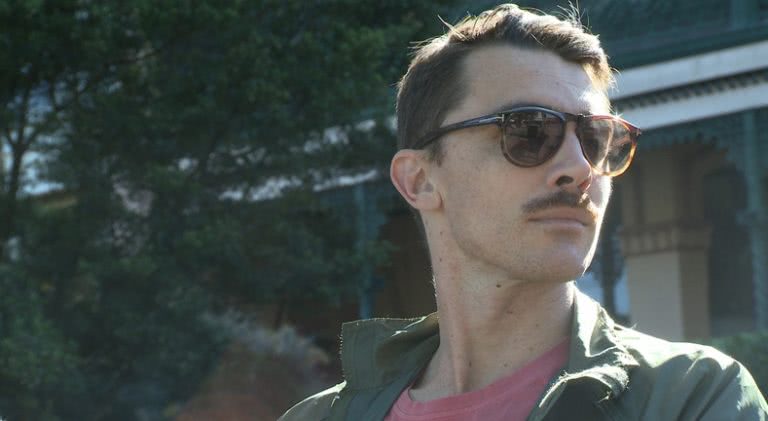Ordinarily the temptation is to try to instil interviews with a certain degree of conviviality, especially when the subject matter is not particularly humorous or its themes are dark. Not in any effort to undermine the seriousness of the topic, but as a means of coaxing readers to follow a discussion into something they might not ordinarily find themselves drawn towards. But so compelling and tragic is Staffan Hildebrand’s documentary about the shifting attitudes towards HIV and AIDS throughout Australia and Cambodia – a film almost 30 years in the making – that playing the piper seems disingenuous.
Transmission is an arresting portrait of the prejudice and ignorance not only faced by those infected with the disease, but also in how the disease is perceived in the public eye. When Hildebrand first began documenting the face of AIDS – both its sufferers and those actively involved in the education and support of the community – access to information was nowhere near as prevalent as today. Yet although much has changed, the attitudes of Australia’s information-saturated youth seem dangerously cavalier.
“I think there is a lack of concern and some kind of indifference among the young,” Hildebrand explains. “When I started filming all those years ago, you could see these people dying. You would be in a restaurant and you could tell, ‘Oh, that’s a guy with full-blown AIDS.’ But now you don’t see it because everyone is on medication. It’s good in one way, because it takes away some of the discrimination and stigma, but it’s also dangerous in another way, because without awareness the infection rate can go up if people don’t take responsibility, don’t use condoms or practise safe sex. People again think, it’s not ‘us’, it’s ‘them’. That was a big, dangerous thing in the ’80s. To divide people into ‘we’ and ‘them’. “‘They have AIDS. We don’t have HIV.’ So there was a separation, an exclusion. So I think that maybe some of the young gay men don’t take enough precaution, but also other young people don’t see HIV in their daily lives so they don’t think about it. These two aspects make it important to renew the HIV campaign in Australia.”
From the outset, Transmission presents a harrowing narrative of the reality of AIDS. Lyle, the very first patient Hildebrand met, waits painfully in his hospital bed to die: “I thought I was dying, but I couldn’t find the switch,” he says. Ten hours later he passes away – due in some measure, according to his doctor, to the energy it took to undergo the interview. “He wanted to do it, though,” Hildebrand says. “It was his last contribution as an AIDS activist.
“He was instrumental in making me. That evening when I went to bed I made a kind of decision. I’d like to devote a big part of my life to documenting this process, in how to stop HIV and AIDS. To tell young people about the history, because they don’t know. I noticed this very much while filming, meeting young people who don’t know the history of HIV and AIDS in Australia, and I think that’s a very important story to tell. Not to scare them, but to give them the information and knowledge so that young people in Australia today can make their own decisions about sexual practice based on knowledge, not on prejudice and indifference. To tell the story based on facts. That’s the best way of fighting stigma.”
Transmission: The Journey From AIDS To HIV (dir. Staffan Hildebrand) is playing atEvent Cinemas, George Street onWednesday November 19


































